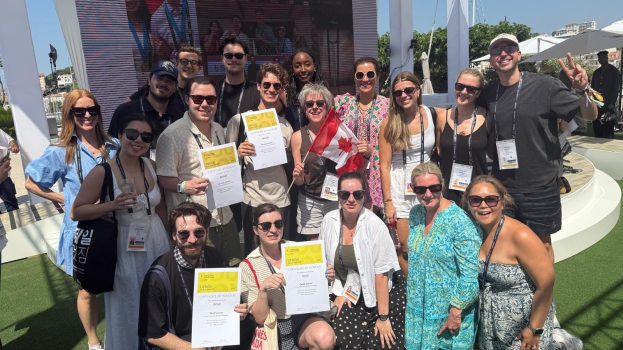Everyone’s heard the clichés before.
‘We’re living today in a world without borders.’ ‘There is no such thing as a Canadian company anymore.’ ‘The whole world is our marketplace now.’
But what, exactly, does all of this mean in terms of concrete, day-to-day reality? What do Canadian firms go through in the effort to market their products and services internationally? How do they build brands on a global basis? What are the challenges – and the rewards?
For this special report, Strategy’s writers profile the global marketing activities of several noteworthy Canadian companies.
Frank Buckley wants to share his bad taste with the world.
As president of W.K. Buckley, he’s the man behind Buckley’s Mixture, a cough medicine renowned both for its efficacy and its spectacularly foul taste.
Buckley’s Mixture was first developed in 1919 by Frank’s father, William Knapp Buckley. Today it is the flagship brand for the company, which also markets a bedtime decongestant and a pain relief rub, among other products.
Based in Mississauga, Ont., W.K. Buckley commands a 14.5% share of cough syrup sales in Canadian drug stores. And it is making steady inroads in other markets, including the U.S., the Caribbean, the Netherlands, Australia, New Zealand and Pakistan.
Until the mid-1980s, Buckley’s foreign sales were small. In 1986, however, Frank Buckley brought in a new partner to help guide the business. John Meehan had worked for Schering-Plough in Europe and Asia before joining W.K. Buckley as vice-president and general manager, and he made it his mission to expand the company’s activities in foreign markets.
Nearly a fifth of Buckley’s business today comes from the U.S. market, Meehan says. Sales in the Caribbean represent another 9% of the business, while Australia and New Zealand account for approximately 2%.
In many ways, the Caribbean is where Buckley’s global efforts really began. Buckley’s Mixture has been sold there almost as long as the company has existed.
By the 1980s, the brand had a modest toehold in the U.S. market. Research showed that the American customer base consisted largely of Caribbean immigrants living in New York. So the company engaged a specialist ad agency to develop a campaign targeting black communities.
The initiative produced sales increases. But it also reinforced the perception of Buckley’s Mixture as a niche product, limiting its potential for growth. So in 1995, the company widened distribution to include major drugstores and some supermarket chains, and developed advertising aimed at a more general audience.
With the growth of the product’s following south of the border, the company has also rolled out a loyalty program for U.S. consumers.
At one time, W.K. Buckley relied on a different ad agency in each of the countries where its product is sold, Meehan says. From a management standpoint, however, this proved tremendously complicated. So today, advertising for all markets is handled out of Toronto by Publicis-SMW.
The company stretches its modest marketing budget by employing a creative strategy that is inexpensive and highly flexible. Much of the advertising features Frank Buckley himself as spokesman, and plays upon the famous Buckley’s Mixture tagline: ‘It tastes awful. And it works.’
The result? Creative tailored to different markets can be developed at a relatively low cost. In the Caribbean, for example, Buckley produces radio spots specific to each island.
The company looks for similar efficiencies in its media strategies, relying heavily on trans-border publications like The National Enquirer, with extensive distribution in the U.S., Canada and the Caribbean.
Global expansion hasn’t been without its frustrations. Meehan says he’s been particularly disappointed by the company’s efforts to crack the market in Pakistan.
The ‘bad taste’ theme just doesn’t seem to click with Pakistani consumers, he says. And the venture has been beset by numerous other difficulties related to the country’s economic and political problems.
As for the future, Meehan predicts that W.K. Buckley’s U.S. sales will top its domestic sales within eight years. The company is currently contemplating a move into U.S. specialty television, a media strategy that has proved successful here in Canada.
Also in this report:
– Tim Hortons issues wakeup call: Builds underdeveloped breakfast category p.25
– Faces adapts to local market: Cosmetics retailer leverages awareness of cultural differences p.25
– Honeydew pegs future on U.S. sales p.26
– Great Canadian Bagel makes slow but sure gains in Moscow p.27
– Southbrook Farms and Winery proves its worth abroad: Ontario winemaker uses foreign success to boost sales at home p.28
– Seagull Pewter sells at shows: Family-run giftware operation does business in over 20 territories p.28
– Clearly Canadian launches in U.S. first p.28



























